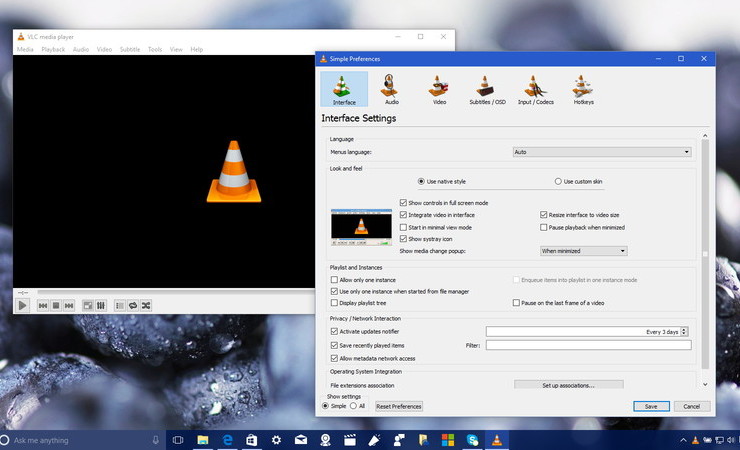
It will put it to what it thinks are the “recommended options” but if you disagree with any of them, just untick the box and choose what you want.īut unless you have a very good reason and you know what you are doing, it is best to stick with the recommended options. Next it will ask you to choose the language, Windows edition and whether it’s 32 bit or 64 bit you require. As for DVD’s, I view them as impractical and expensive for something like this. You can also put Windows 10 on a DVD or ISO file, and I will be discussing ISO files in my next article. But I want to make an installer USB so the second option is the one I want. It has seen that I haven’t installed the latest patch yet so it has offered me that. Choose Your Installer Format #Īfter scanning your computer to see what’s needed and asking you to pretend to have read the Terms & Conditions, the installer will now ask you what you want to do.

Just download the file then double-click to get started. This is a portable app so no installation is necessary. Next, head to the Microsoft website and download the “Media Creation Tool”. Download The “Media Creation Tool” From Microsoft # How long it takes depends on how used the stick is and how much data is already on it. In the box that comes up, click “Start” to begin the formatting process. To format the stick, right-click on it in Windows Explorer and click “Format”. The stick needs at least 8GB of space for the installer to be built properly. But if it is a used stick, you need to format it. If you have just bought it, it will already be blank. The first step is to make sure the USB stick is completely blank. The whole process which I am about to describe doesn’t take very long so it’s not a big deal. If so, you will have to delete the version on the stick and replace it with the new version. So once you have installed Windows using the USB method, you will need to check regularly to see if Windows has been updated. This means that any subsequent patches and updates will not be included as the USB stick will obviously not auto-update. Creating The Windows Installation USB Stick #īefore we start, it is worth pointing out that whatever version of Windows you put on your USB stick will be the current version that Microsoft is offering.

Obviously Windows is not free, so along with the USB installer, you will also need a valid legal license key. Having a USB version of the latest Windows version makes reinstalling the system absurdly easy. The second is if you make a living wiping and refurbishing used computers.

One is when you have trouble installing operating system updates the normal way (which happened to me last year). Windows comes pre-installed with every PC but there are times when a USB version becomes invaluable.


 0 kommentar(er)
0 kommentar(er)
